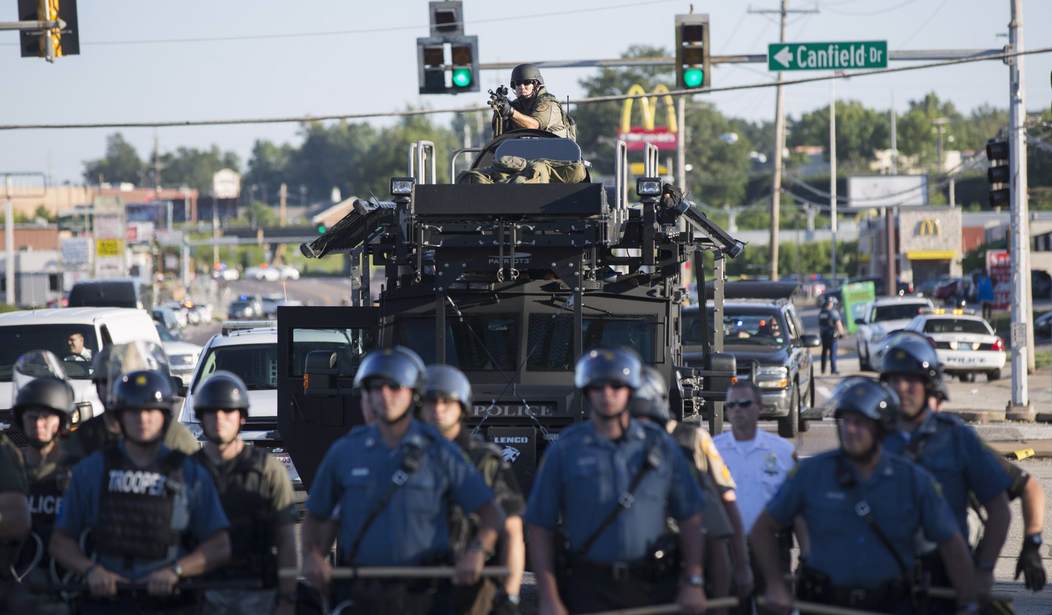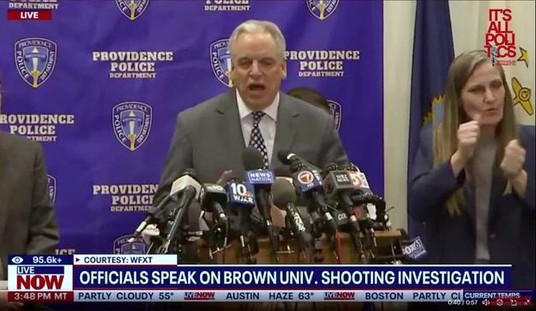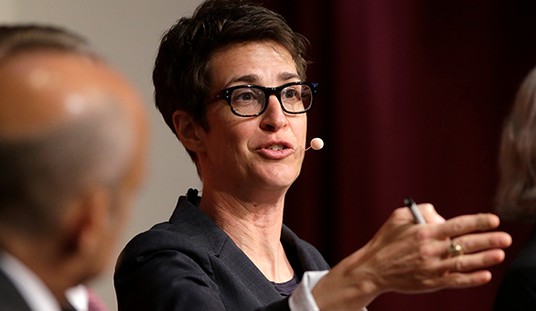On Dec. 17, Missouri Gov. Jay Nixon (D) ended the state of emergency that he issued a month earlier in anticipation of rioting following the grand jury decision in the shooting death of Michael Brown.
“I want to thank state and local law enforcement, the leaders of the unified command, and the members of the Missouri National Guard for working tirelessly to protect the public,” Nixon said. “As the hard work of healing and rebuilding continues, the fact that not a single life was lost as a result of the unrest is a credit to the hard work and dedication of these brave men and women.”
Three days later, two NYPD officers were shot and killed by a man who had sworn vengeance on social media for the deaths of Brown and Eric Garner.
Michael Brown was shot to death by a Ferguson, Mo., police officer. Garner died after a New York police officer applied a choke hold on him during an arrest.
New York Police Department officials said Ismaaiyl Brinsley, the gunman who killed the officers, was chased into a nearby subway entrance by other officers at the scene. He was found with what police said was a self-inflicted gunshot wound, the New York Times reported.
Brinsley died at a New York hospital.
A police official told the New York Daily News witnesses said the man came out of a house, walked behind the officers’ car and “lit them up.”
“It was an execution,” another police official told the Daily News.
“I’m Putting Wings On Pigs Today. They Take 1 Of Ours…Let’s Take 2 of Theirs #ShootThe Police #RIPErivGardner [sic] #RIPMikeBrown This May Be My Final Post,” Brinsley posted on a social media account.
The post had received 139 likes when the Washington Post took a screen shot of the page.
The deaths of Brown and Garner, and the grand jury decisions not to filed criminal charges against the police officers involved, sparked protests from New York to Los Angeles.
Hundreds of people jammed into the Mall of America in Minneapolis on Saturday, part of organized demonstrations that were held at major shopping malls across the U.S.
Following the deaths of officers Wenjian Liu and Rafael Ramos in Brooklyn on Saturday, Nixon issued a statement in which he said, “Violence against police officers simply cannot be tolerated — ever — and I stand with all Americans in condemning this unspeakable and cold-blooded act.”
“Our law enforcement officers have earned our respect and gratitude for the difficult, dangerous and important work they do each and every day. As we mourn the loss of these brave officers, I ask Missourians to join me in taking the time to reflect on the sacrifices our men and women in law enforcement make to protect and serve our communities.”
The leader of the state police officer’s union in New Jersey reacted much more forcefully.
Just as the head of the largest police officers union in New York did shortly after the execution-style slayings of officers Liu and Ramos, Patrick Cooligan, the president of the New Jersey State Police Benevolent Association, said much of the blame needed to fall squarely on the shoulders of politicians who had not offered enough support to police officers following the Garner and Brown grand jury decisions.
Cooligan said the murder of the two NYPD officers was “an act of domestic terrorism spurred on by so much hatred aimed at officers everywhere.”
New Jersey 101.5 FM reported Marc Kover, the vice president of the New Jersey State Police Benevolent Association, wrote an email to the PBA’s membership warning they should all take extra caution and change their routines in the weeks ahead because of what he said was “a fever pitch of anti-police sentiment.”
NJ.com reported that the police department in Newark, N.J., pulled all one-officer units off the streets following the Brooklyn shooting.
Concern among police officers was not confined to New York and New Jersey.
Two Detroit police officers went into a largely African-American church the day following the shootings in New York to talk to the congregation about how to behave during an encounter with a cop.
“We’re just wearing a uniform,” Officer Lawrence Smith told WXYZ-TV. “We are fathers, husbands, uncles. We’re still a person behind this uniform. We’re out doing a job. Once we get that level of comfort that we are to here to help and serve, it brings back a good feeling from the community.”
Detroit Police Chief James Craig said he was very concerned by the murders of the officers in New York.
“As one of my colleagues said out in Baltimore, one of his officers got shot a week ago, ‘Is anyone going to march for my officer’?” Craig told WXYZ-TV. “Are we going to march for the officers in New York?”
“Some might say those comments are divisive… we should be against violence from any place.”
It is not just police officers in large, metropolitan cities who are on edge because of what happened Dec. 20 on a street corner in Brooklyn.
Police in smaller communities are also grieving, and watching each other’s backs.
Ersie Joyner, the chief of the Oakland, Texas, police department, about 90 miles outside Austin, told reporters the murders of two NYPD officers would certainly change the way his officers interacted with citizens, and not necessarily for the better.
“I have a feeling every law enforcement officer is going to be on heightened alert,” Joyner told KTVU-TV.
“The men and women will still put their uniforms on and go out to serve their community, but they’re going to be very cautious about everyone they come into contact with.”









Join the conversation as a VIP Member